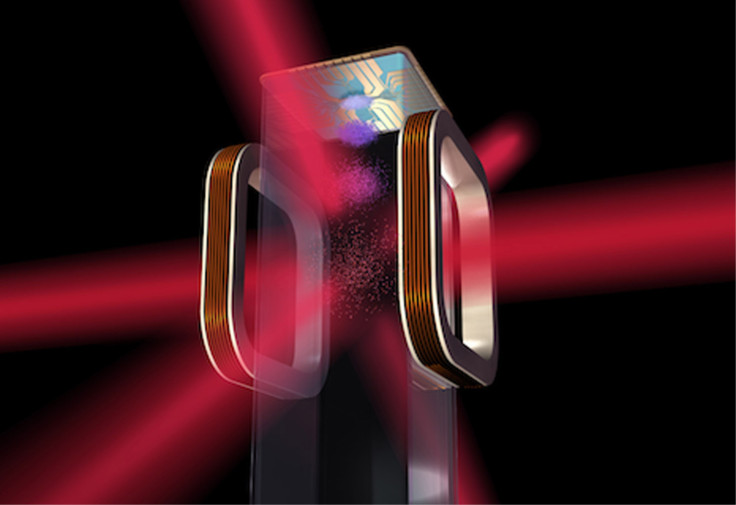Why Nasa wants to create the coldest place in the universe by flying an ice box to space
Nasa's Cold Atom Lab has been designed to create temperatures 'over a 100 million times colder than the depths of space.'

Nasa is all set to create the coldest place in the universe. The space agency is planning to fly into space an "ice chest-sized box," which has been designed to create the "coolest spot in the universe".
The box is the JPL (Jet Propulsion Lab)- developed Cold Atom Laboratory (CAL), which is slated to be flown to the International Space Station (ISS) in August on SpaceX CRS-12.
Why is Nasa doing this? Scientists want to study a mysterious form of matter known as Bose-Einstein condensates, which Nasa acknowledges it has "never before created or observed" in space.
Earth's gravity makes studying Bose-Einstein condensates tricky as they can only be observed for fractions of a second. However, in space, aboard the ISS, Nasa says the atoms can "hold their wave-like forms longer", providing scientists with a wider window of opportunity to "understand physics at its most basic level".
"Studying these hyper-cold atoms could reshape our understanding of matter and the fundamental nature of gravity," said CAL Project Scientist Robert Thompson of JPL. "The experiments we'll do with the Cold Atom Lab will give us insight into gravity and dark energy -- some of the most pervasive forces in the universe."
Nasa's CAL comes equipped with lasers, a vacuum chamber and an electromagnetic "knife" which can cancel out gas particles' energy. These instruments have been designed to freeze gas atoms to a billionth of a degree abover zero, thereby creating a temperature that is "over a 100 million times colder than the depths of space."
According to Thompson, CAL would likely allow Bose-Einstein condensates to be observable for up to 5 to 10 seconds. However, tech advancements being what they are today, CAL could possibly be developed to help ensure that Bose-Einstein condensates could be observable for hundreds of seconds in the future.
Nasa said that five scientific teams are slated to conduct experiments using CAL, which could potentially result in the development of various kinds of technology, including quantum computing, atomic clocks and sensors. The experiments could also potentially unlock the mysteries linked to dark energy detection.
According to JPL's Kamal Oudrhiri, despite current technological advancements 95% of the universe still remains a mystery to humans. However, this project could change that.
"Like a new lens in Galileo's first telescope, the ultra-sensitive cold atoms in the Cold Atom Lab have the potential to unlock many mysteries beyond the frontiers of known physics."
© Copyright IBTimes 2025. All rights reserved.






















